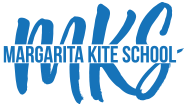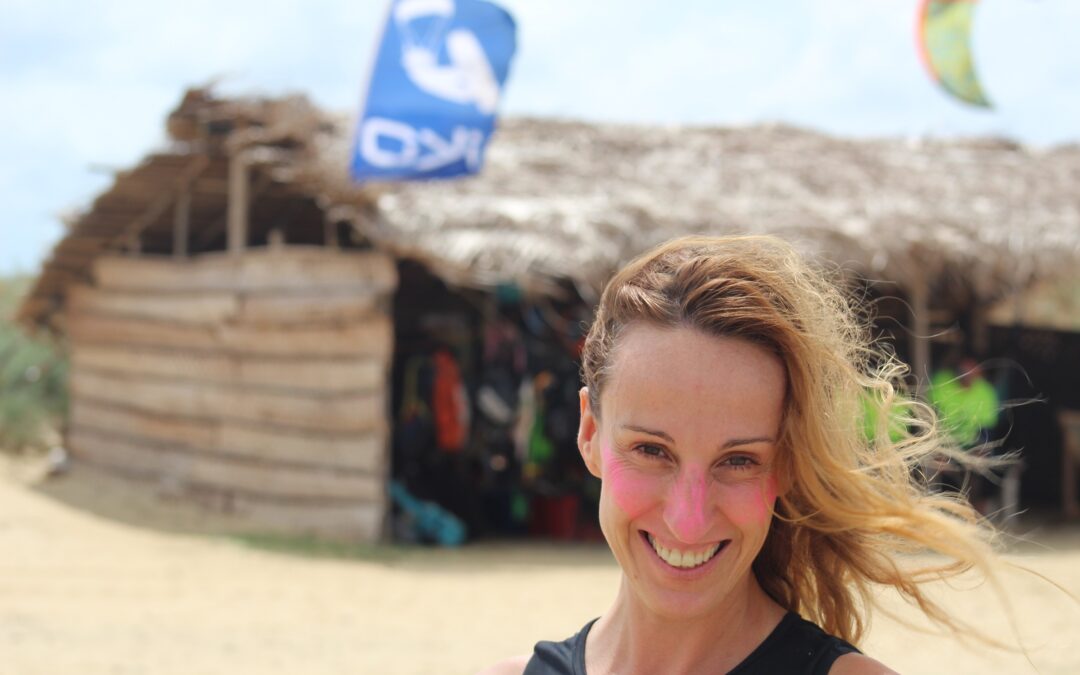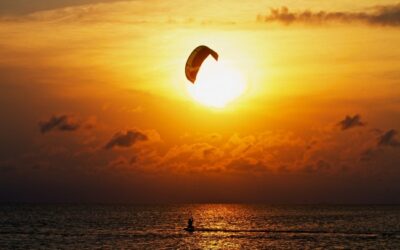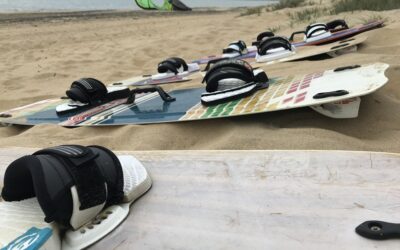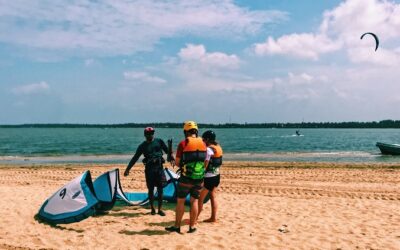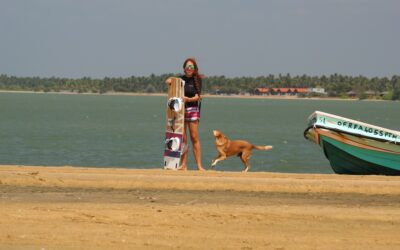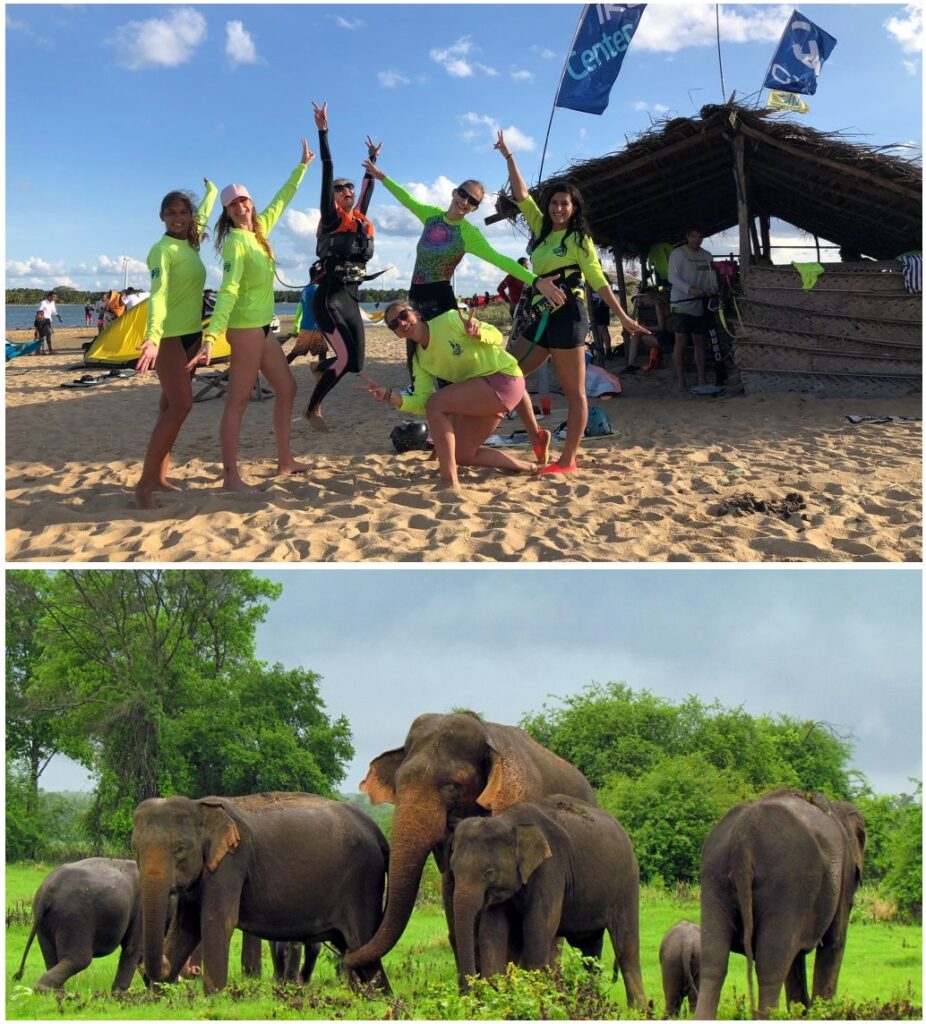One of the first questions to cross someone’s mind who is considering whether to take up kitesurfing vs. surfing is, “Which one is better?” While both sports are incredibly rewarding, neither is particularly easy to learn.
When hearing the word “surf” in the name of both disciplines, many people put these sports in the same car, but although it is true that they both are practised in the water and on a board, the differences between kitesurfing and surfing are abysmal .
To give you an example, who knows how to ski doesn’t have to know how to snowboard, right? Well, with surfing and kite surfing it is the same, and even the material that is used is different.
Before we begin, we are going to see a brief description of what each discipline is:
* What is surfing
Sport of sliding on the waves, you need suitable and correct sea conditions, in which the sea must have waves and have enough strength to carry the board. Once the surfer feels the waves push him he can stand up and ride the waves.
* What is kitesurfing
A discipline that is practised on water surfaces whenever there is wind to push the board with a kite. Normally it is done in the open sea, and although waves are not necessary, it is possible to kitesurf on rough days, where we surf the waves with the help of the wind and the kite.
How are surfing and kitesurfing different?
For those who do not practice any, they may think that they are similar, but really being an expert in one of them will not make you able to practise the other.
They are independent sports that share the environment: the sea.
Margarita kite school >> Discover our kitesurfing homespot in Sri Lanka
The best kitesurfing spots in the world
"From Asia to America, from East to West. Explore some of the world's finest kitesurfing spots. And, no sharks!" Maybe you’ve been kitesurfing for a while, and want to try exciting new waters? Holidays to famous kitesurfing destinations around the world is all part of...
The ultimate guide with the top kitesurfing spots in Asia
If there’s one sport that can enthral your senses and make you feel more attached to the beautiful nature, it’s kitesurfing. The kitesurfing community is moving towards a new goldmine for surfing. Asia, though underrated, is home to some of the best kitesurfing spots....
The ultimate guide with the top flatwater kitesurfing destinations
Best places in the world to kite in flat water Be it surfing over the clearest of waters or performing gravity-defying stunts near the dock, kitesurfing, and its adrenaline boost is unrivalled. A passionate alliance of wind and water, kitesurfing provides...
Learning Kitesurfing Vs. Surfing
Still, experienced kiteboarders will tell you that it takes time to master kiteboarding. They aren’t exaggerating, because you will have to master two different skillsets when learning to kitesurf: riding a board and flying a kite.
Most new kitesurfers will be upright and riding relatively quickly after a few lessons, though. Expect to successfully stay upright after around 12 hours or so of guided instruction. With just a few more hours of practice, you should be feeling relatively confident on the board when heading upwind.
When you are finally ready to hit the waves, you should prepare yourself for a few more hours of training. In general, though, most kitesurfers will take to riding waves quicker than if they were learning to surf without a kite.
Many people considering whether kitesurfing vs. surfing is better will lean towards surfing because of the extra equipment needed for kitesurfing. As a spectator, it’s easy to compare the two and decide that surfing might be the easiest.
Looks can be deceiving, however. When you have the right equipment, kitesurfing has a shallower learning curve than surfing, even though you are learning two different skills. Of course, you will need to spend a few hours getting familiar with the equipment and how it all works. Once you master it, setup will be relatively quick.
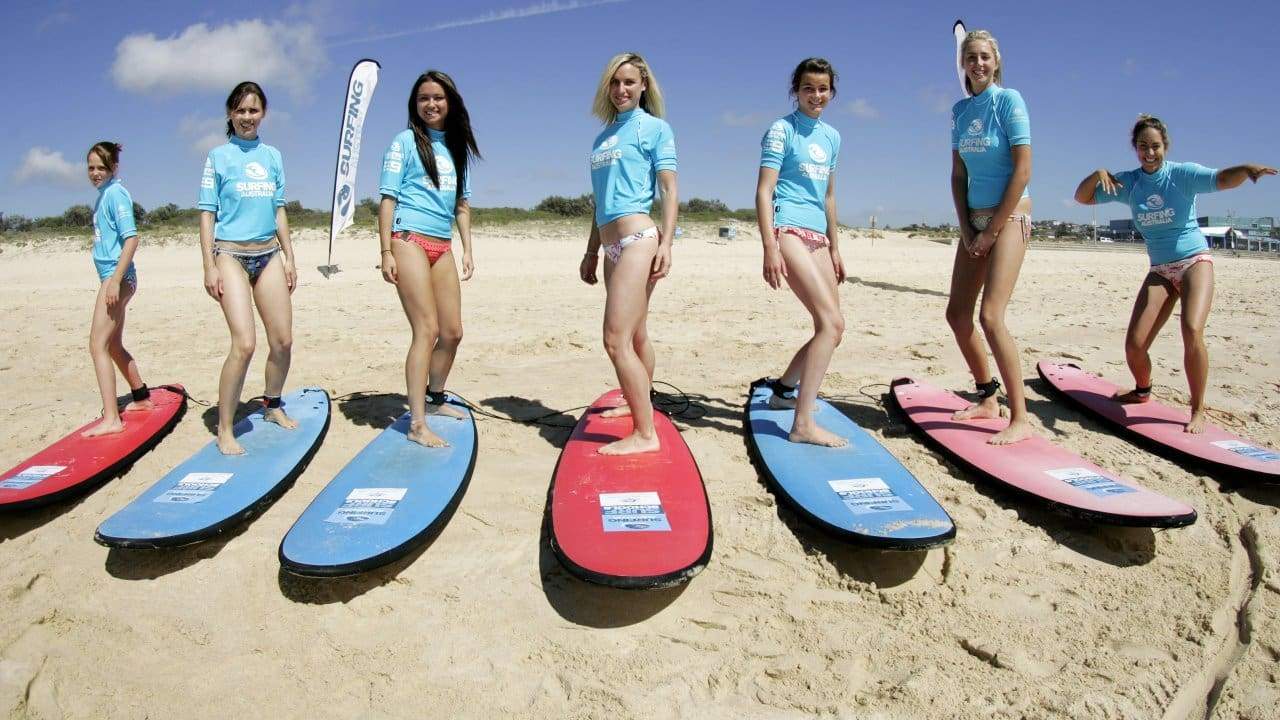
Learning to Surf
In small whitewater, a beginning surfer should be physically fit enough to get up on a board. However, if you want to gain proficiency on the waves, you will have to master a few essential skills:
- Building endurance for paddling
- Duck diving to get under the break
- Positioning yourself correctly to the oncoming wave
- Paddling hard into the wave and getting your timing just right
- Standing and balancing on the board before it drops
- Steering the board into the optimum trajectory
- Maintaining speed to avoid the whitewater
- Learning surfing etiquette
- Developing skill to cut back into the wave and keep the momentum going
It will take time and practice before the above skills become second nature. Lessons can shorten your surfing education, but it’s more about developing muscle memory and reflexes. Don’t be put off. You will have fun while learning to surf but expect to be at it for some time before everything starts to click.
Weather Conditions for Kiteboarding Vs. Surfing
Surfing and wave kite both need waves, but the ideal conditions vary between them. Preferred conditions for both include high period swells and optimal orientation, but the biggest consideration will be windspeed.
Surfing is best when there is no wind or a very light offshore wind blowing seaward, so the waves hold longer.
Kitesurfing, on the other hand, needs at least 12 knots of wind at a minimum. Fifteen to 25 knots are preferred. The wind direction is also important as it should be blowing parallel to the beach (side-shore) or blowing in from the sea at an angle (side-onshore).
A slightly offshore wind will create better waves. Caution is required, because you don’t want to get pulled out to sea if you run into trouble. Don’t try riding an offshore wind until you have some experience.
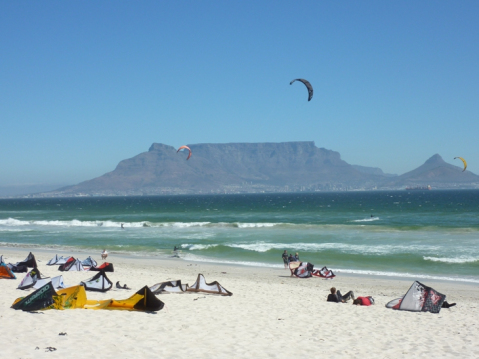
Kiteboarding Vs. Surfing Costs
You need extra gear for kiteboarding, so when it comes to kiteboarding vs surfing costs, surfing is hands-down your cheapest option. The surfboard is the only equipment you need to get started, which can be picked up new for less than $1000, or even $300 for a budget board. You will also need a leash, which will add around $50 to your surfing bill.
Kitesurfing can be significantly more expensive. For higher-end gear, don’t expect much change from $3000. You do have cheaper options, but you’re still looking at around $1500 to get started even when you’re going for budget options.
Other expenses will include kiteboarding lessons, which are rarely cheap. A full course of lessons for kitesurfing will set you back around $800. You will find surfing lessons to be quite a bit more affordable than that.
The extra equipment needed for kitesurfing also means you will have to budget for maintenance costs that you won’t have with a surfboard. The saltwater, sand, and sun take their toll on even the best quality kites, and they will wear out. The more you crash them, the more wear and tear they will experience, and the earlier they will need replacing.
Replacement valves, bridles, and bladders cost a tidy sum. You may have to get the occasional tear replaced if your kite comes up against rocks. High-tech material is stronger and more lightweight, but even the highest quality materials will sometimes need fixing.
In comparison, polyester resin and fiberglass surfboards are a lot more affordable when it comes to repairs. You can quickly fix small dings yourself with Solarez or similar. The only other piece of equipment you may need for surfing is a wetsuit, so there are significantly fewer maintenance costs associated with surfing.
You can take some solace from the fact you will reduce your maintenance costs with kitesurfing as your skill level goes up. Your experience will help you avoid rocks and other obstacles that could damage your kite. You will also become skilled at keeping your lines clean and folding up the kite as soon as you are off the water.
Speaking of lines – these will need replacing every couple of years for safety’s sake, but they aren’t cheap. A quality set of kitesurfing lines will cost over $200.
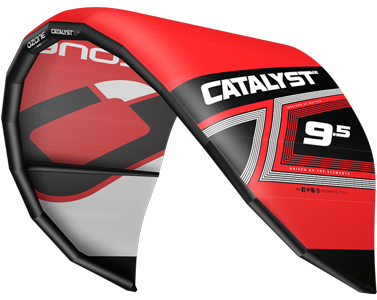
Deciding Whether Kitesurfing or Surfing is Better
Now that you know the main differences between kitesurfing vs. surfing, you should be in an excellent position to determine which one is better or right for you.
Despite a steeper learning curve, surfing costs are minimal, and your beachside setup is faster than kitesurfing. However, conditions for surfing are harder to come by than kitesurfing. You will have fewer good days for riding, and when conditions are right, you will be competing with a lot of other surfers.
Kitesurfing, while a lot more expensive, will provide you with more opportunities because you aren’t always waiting for the perfect wave. However, you may have to wait for the days when you have favorable winds. Wind direction will also determine which direction you ride the wave. You may also appreciate that you can do many more things on a kiteboard that aren’t possible on a surfboard, like building up decent speeds or getting serious air.
5 differences between surfing and kitesurfing
1. One with wind and the other with waves
Kitesurfing is helped by a kite to perform, so the main characteristic to perform this sport is the wind.
To surf, however you need waves in the sea, and if there is not much wind better.
Therefore, although both disciplines are practised (usually in the sea), kitesurfing needs wind to be able to perform while surfing needs waves.
2. Different types of boards
Although there is a type of kitesurfing where the board is similar to the surfboard (when kitesurfing with waves), the sturdiness of the kiteboard is usually greater than a surfboard, especially when it comes to fiberboards.
The impact that a kite board can suffer is much greater, since it has constant impacts on the water and with the kiter, however, in surfing a surfer is standing to a much lesser extent.
3. The material
Without a doubt the main difference between the two is the material that is needed for one or the other. Kitesurfing is practiced with a kite, hence its name: Kite, kite in English; with a board and with a harness.
Kitesurfing is done with a kite pushed by the wind while in surfing, it is enough to have a board to be able to practice it.
4. Kitesurfing can be done in flat water
As we have said “only” you need wind to practice it, on many occasions it can be windy and not even curl the sea, so this sport can be practised even on lakes or other water surfaces.
Although it is clear that the immensity of the sea, as well as the constancy of the wind, is incomparable.
5. Learning curve
The learning curve of kitesurfing is steeper than in surfing, that is, it is easier to start sailing and enjoy the sea (and the wind) with the help of a kite.
How much does kitesurfing equipment cost?
For many people who are new to kitesurfing and want to learn, a commonly asked question is how much kitesurfing gear costs. However, the answer to this question is not a straightforward one - The price of kitesurfing equipment varies between items and even between...
Kite gear maintenance: best practices for a long life of your kitesurfing equipment
Have you just started in the sport and still don't know very well how to keep your kitesurfing equipment in the best conditions? Your Kitesurfing equipment is very important, and if you love it and you want it to last for a long time, you must maintain it in the best...
The ultimate guide to beginner kitesurfing boards
Have you finished your kite course and you don't know which initiation board is the most suitable for beginners? In this post, we will help you to choose the best beginners kitesurfing boards and the ones which you can progress faster. There is always a hard time in...
